CONTACTAbout UsCAREER OPPORTUNITIESADVERTISE WITH USPRIVACY POLICYPRIVACY PREFERENCESTERMS OF USELEGAL NOTICE
© 2025 Equal Entertainment LLC.
All Rights reserved
All Rights reserved
By continuing to use our site, you agree to our Privacy Policy and Terms of Use.
We need your help
Your support makes The Advocate's original LGBTQ+ reporting possible. Become a member today to help us continue this work.
Your support makes The Advocate's original LGBTQ+ reporting possible. Become a member today to help us continue this work.
The 2010 U.S. Census does not include any LGBT-specific questions, but the government will release figures pertaining to legally married same-sex couples. Still, what about those couples who have been together for decades (or months) who aren't legally married? What about single people?
"Some people were like, 'I'm not married!" said National Gay and Lesbian Task Force Policy Institute director Jaime Grant. "They told us, 'I'm an LGBT individual, and I'm sick of being invisible, and I'm sick of having my needs and my life invisible.' So we basically thought, what's the best way to capitalize on that sense of outrage from the community, which is completely appropriate, to help us get a better count, and help position us as a community to get more acknowledgment on a federal level. Queer the Census is that campaign."
The Task Force, along with Credo Mobile's activism arm, has launched the campaign to raise a few eyebrows as thousands of census forms start rolling into Washington later this year. The Queer the Census effort involves a bright pink sticker used to seal the envelope in which your Census form will be sent. "Attn: U.S. Census Bureau," it reads, "it's time to count everyone!" Participants can then check whether they are lesbian, gay, bisexual, transgender, or a straight ally on the sticker.
The bright pink stickers riding on the backs of envelopes into the federal government's counters would remind leaders that "they're not doing what they're supposed to be doing," Grant said.
The need to state one's gender identity or sexual orientation helps the LGBT population stay visible and voice its needs on a federal level, Grant said. The first step came in the 1990 Census, when, for the first time, the survey included an "unmarried partner" option for those who were cohabiting.
"Back in '90, the Task Force realized that since we can check our genders, and since this wasn't a legal designation, we could check that we were unmarried partners," Grant said. "It gave the community the first opportunity to make ourselves visible to the government without any legislative force."
That year 190,000 same-sex couples checked the box. A decade later the number of couples shot up to 600,000. Grant said that by the new millennium, the data showed that "we lived everywhere, not just in five cities. We weren't all white. We weren't all economically privileged. Many of us were raising children, and so much of this data helped rebuke right-wing arguments against our community."
The data showed that same-sex couples live in 99% of U.S. counties and that black and Latino same-sex couples are raising children at nearly the same rates as their straight neighbors, but on lower incomes.
However, this data does not count individual, nonpartnered LGBT people, which Grant said is the next step. Adding the question of sexual orientation and gender identity would then provide more information that could lead to heightened domestic AIDS funding and research. It would also benefit economic, safety, and family causes.
For more information on how to obtain a sticker or for related Census information, visit QueerTheCensus.org.
From our Sponsors
Most Popular
Bizarre Epstein files reference to Trump, Putin, and oral sex with ‘Bubba’ draws scrutiny in Congress
November 14 2025 4:08 PM
True
Jeffrey Epstein’s brother says the ‘Bubba’ mentioned in Trump oral sex email is not Bill Clinton
November 16 2025 9:15 AM
True
Watch Now: Pride Today
Latest Stories
Is Texas using driver's license data to track transgender residents?
December 15 2025 6:46 PM
Rachel Maddow on standing up to government lies and her Walter Cronkite Award
December 15 2025 3:53 PM
Beloved gay 'General Hospital' star Anthony Geary dies at age 78
December 15 2025 2:07 PM
Rob Reiner deserves a place in queer TV history for Mike 'Meathead' Stivic in 'All in the Family'
December 15 2025 1:30 PM
Culver City elects first out gay mayor — and Elphaba helped celebrate
December 15 2025 1:08 PM
Texas city cancels 2026 Pride after local council rescinds LGBTQ+ protections
December 15 2025 12:55 PM
North Carolina county dissolves library board for refusing to toss book about a trans kid
December 15 2025 11:45 AM
Florida and Texas launch 'legal attack' in push to restrict abortion medication nationally
December 15 2025 11:18 AM
No, Crumbl is not Crumbl-ing, gay CEO Sawyer Hemsley says
December 15 2025 10:12 AM
11 times Donald Trump has randomly brought up his ‘transgender for everybody’ obsession
December 15 2025 9:22 AM








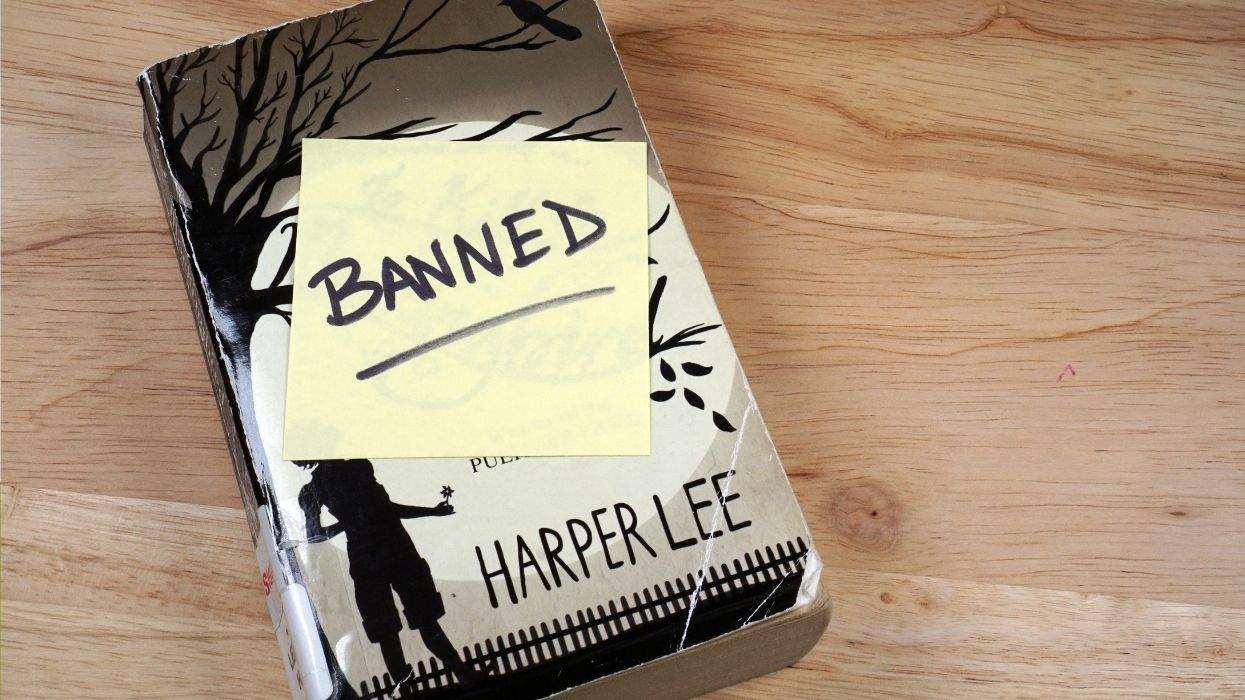
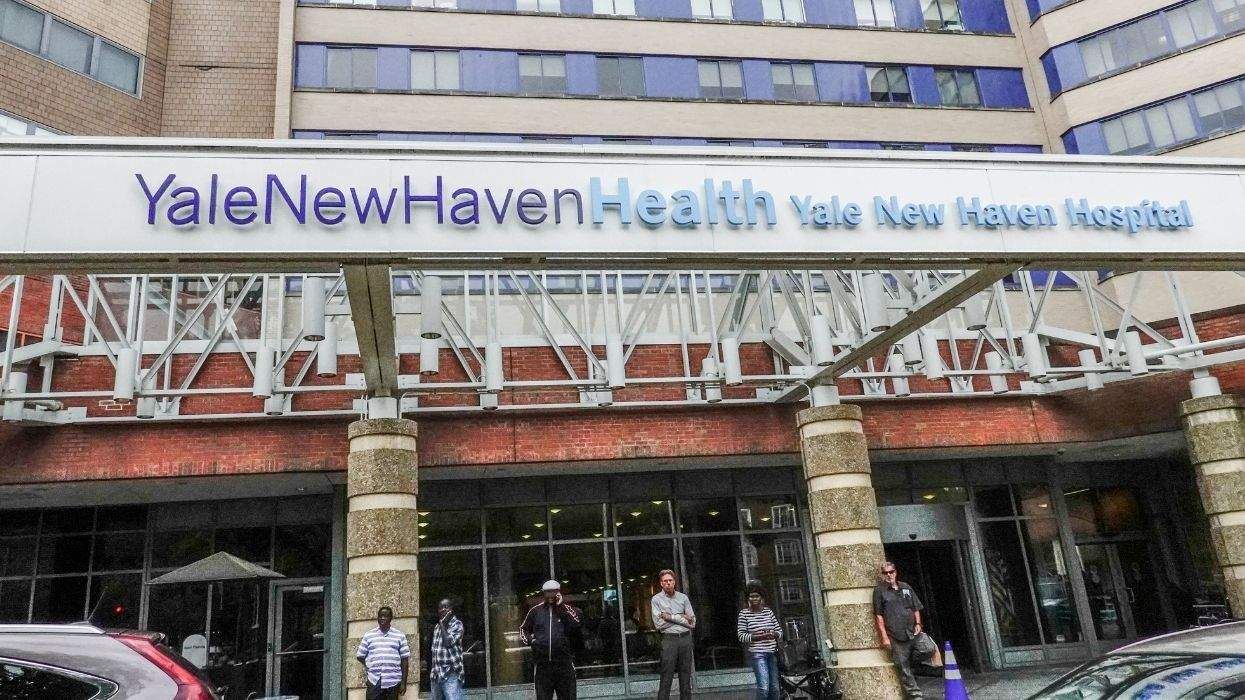
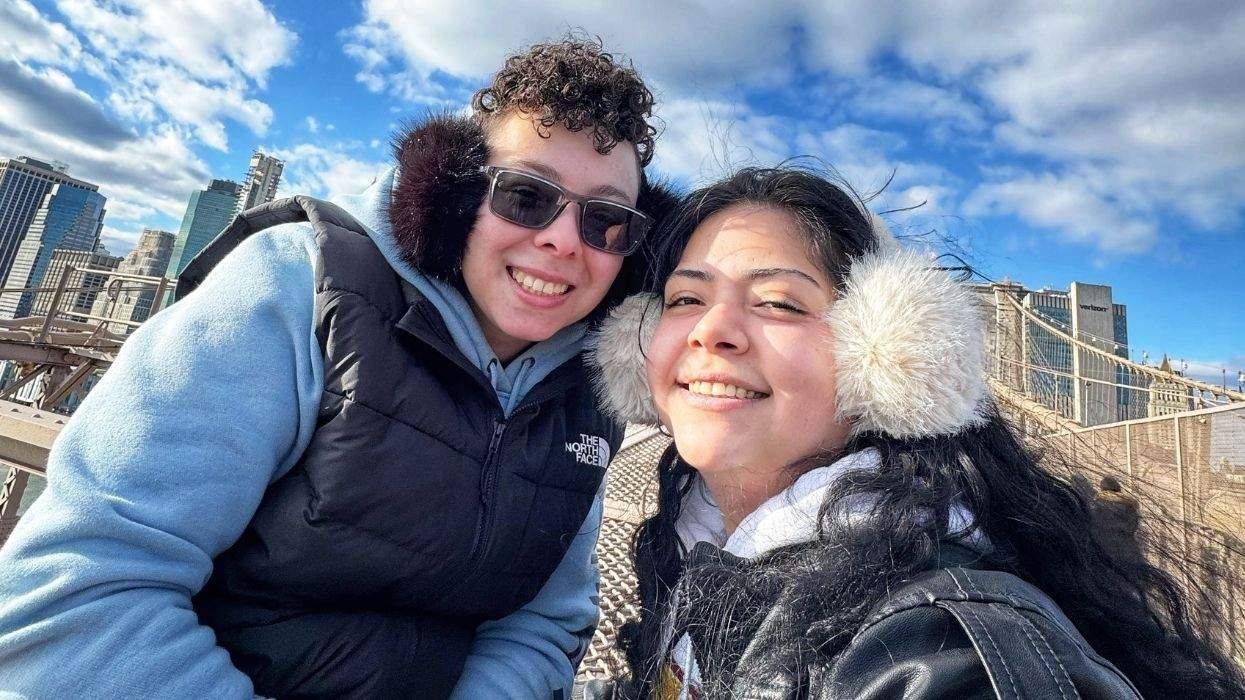
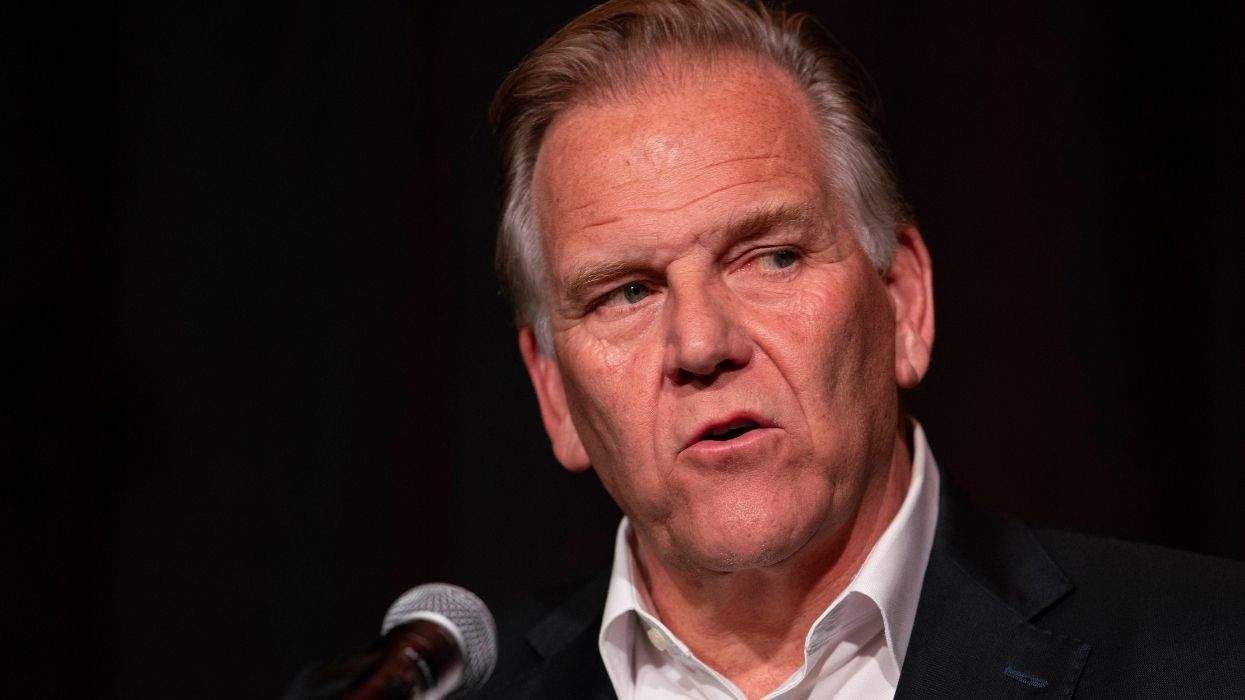
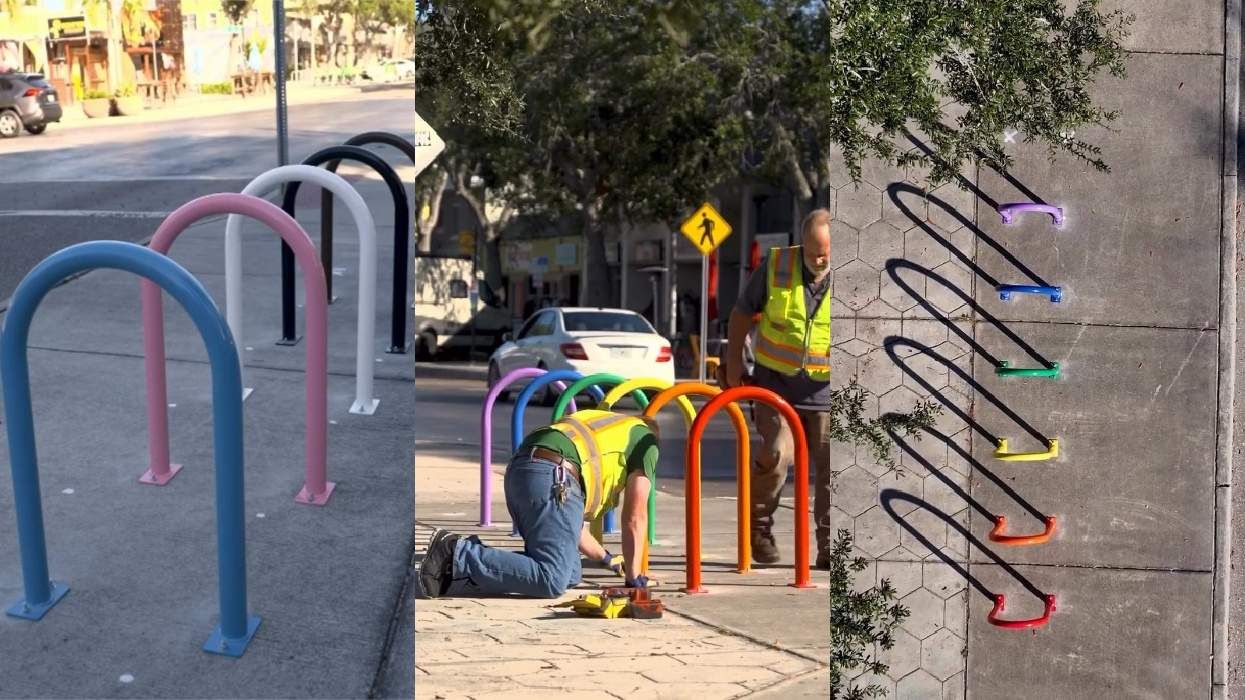
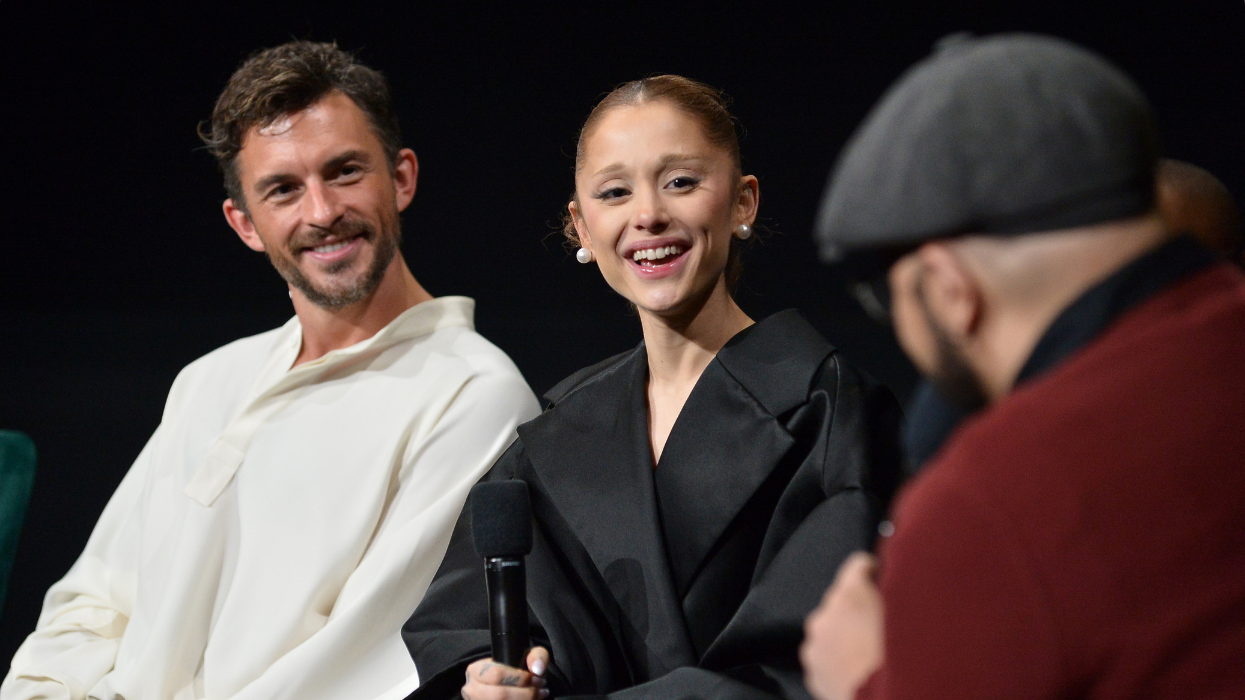

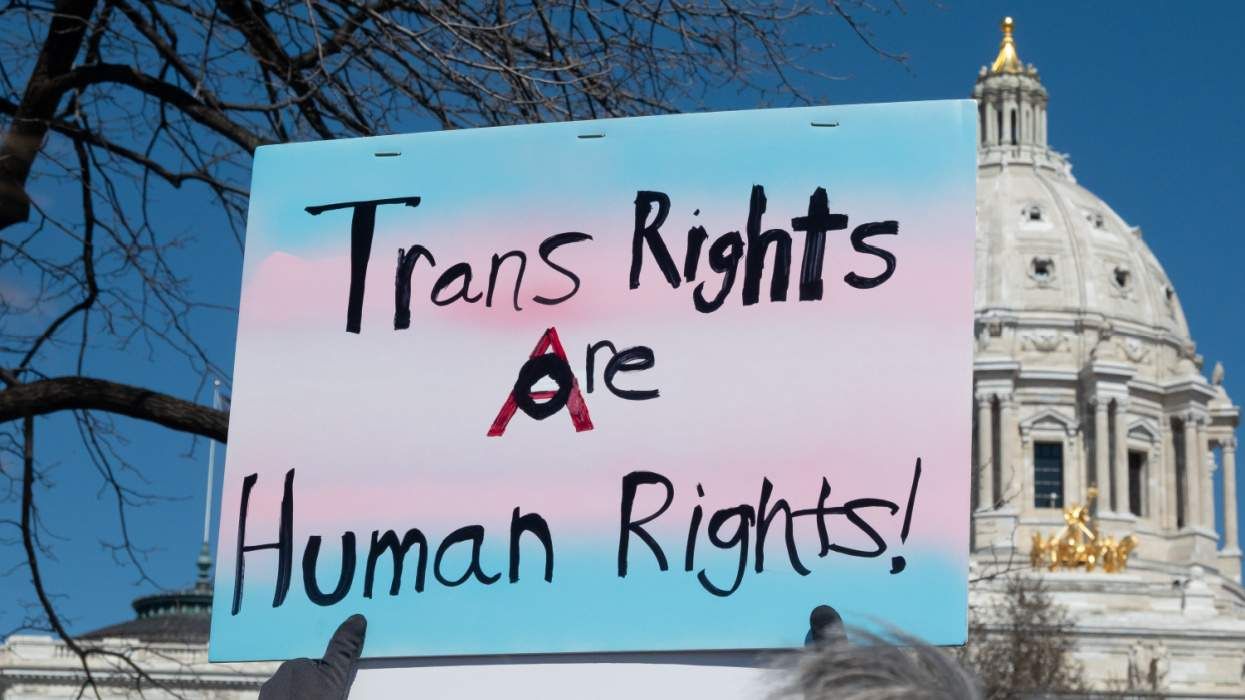

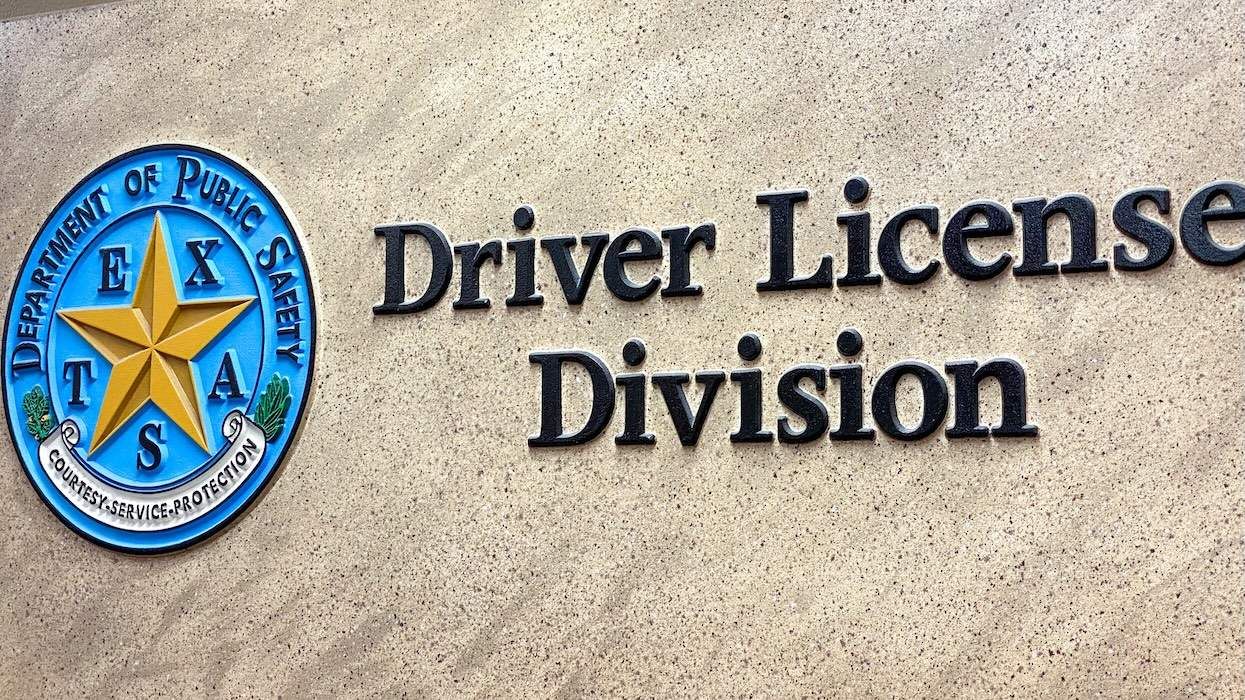
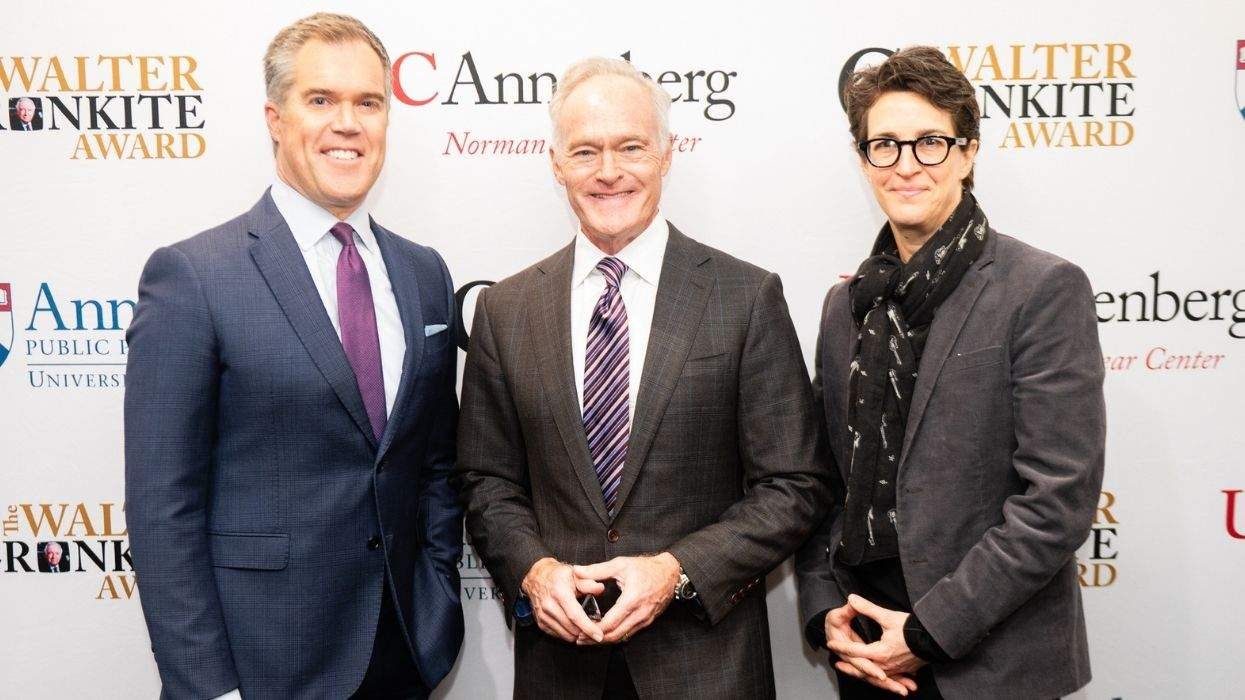
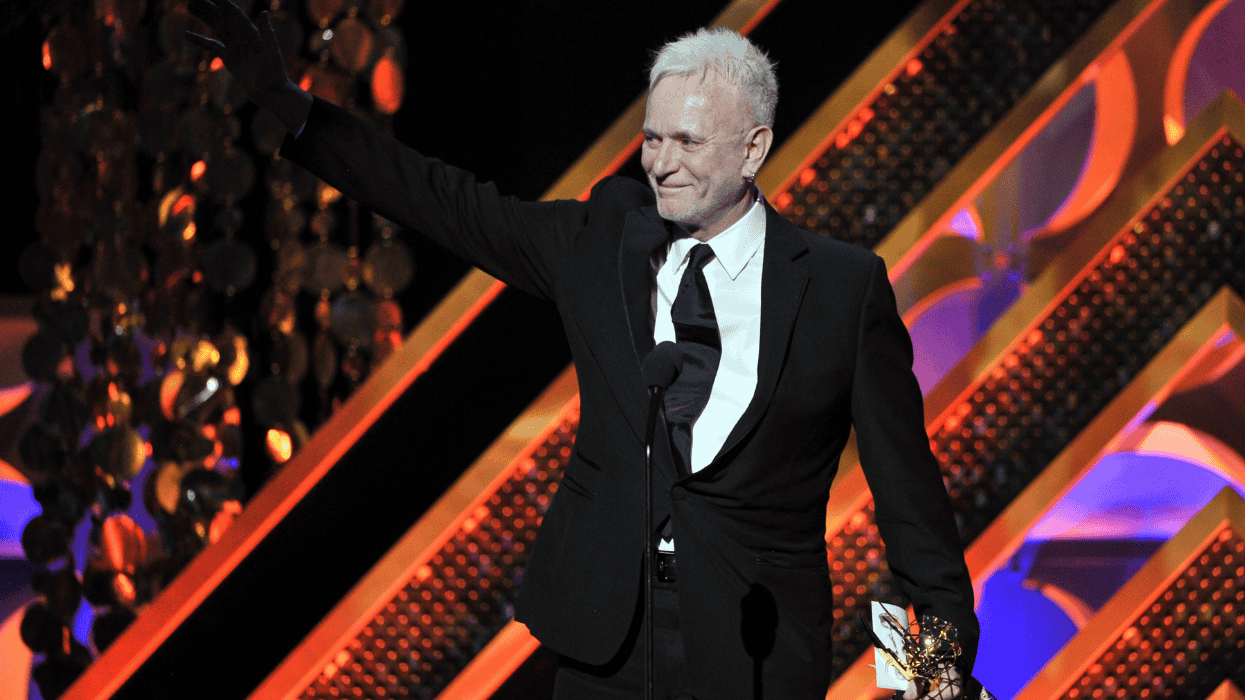
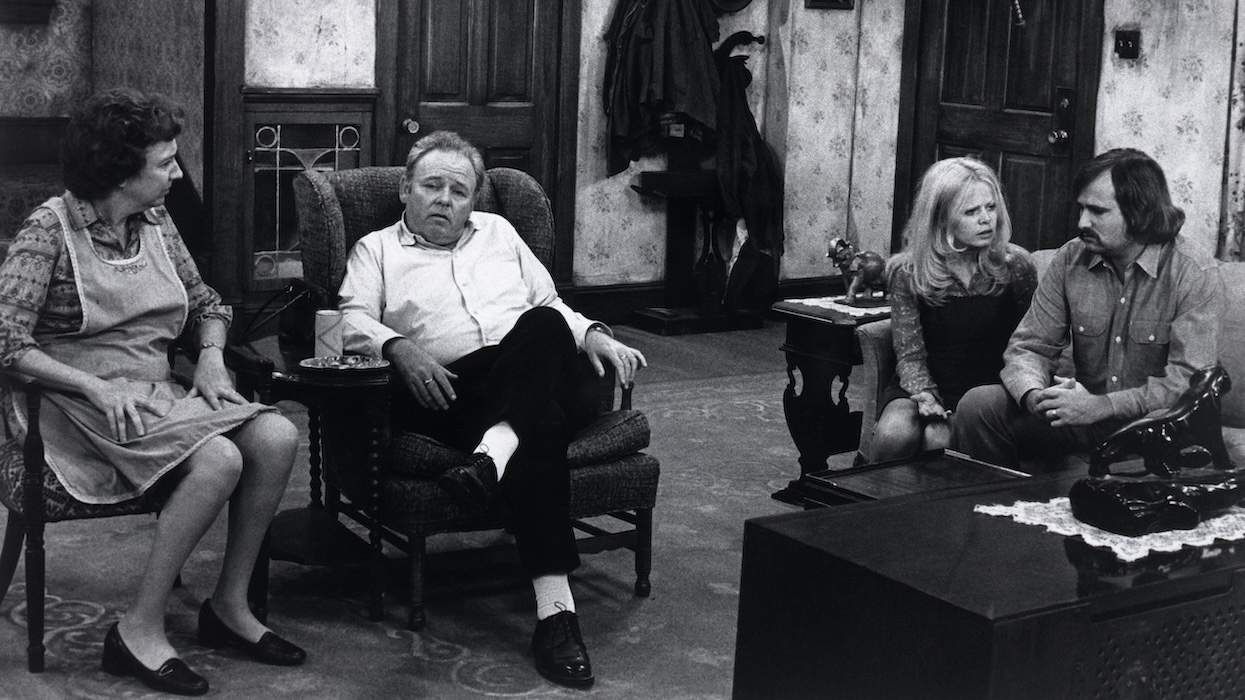
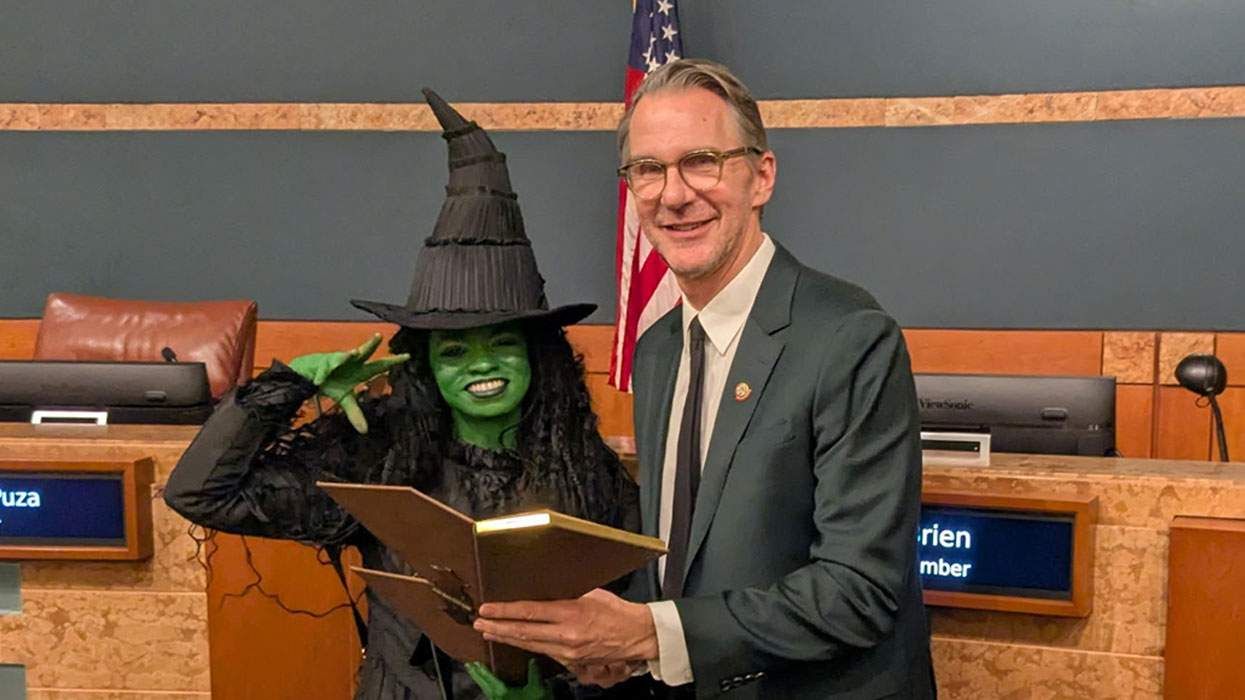
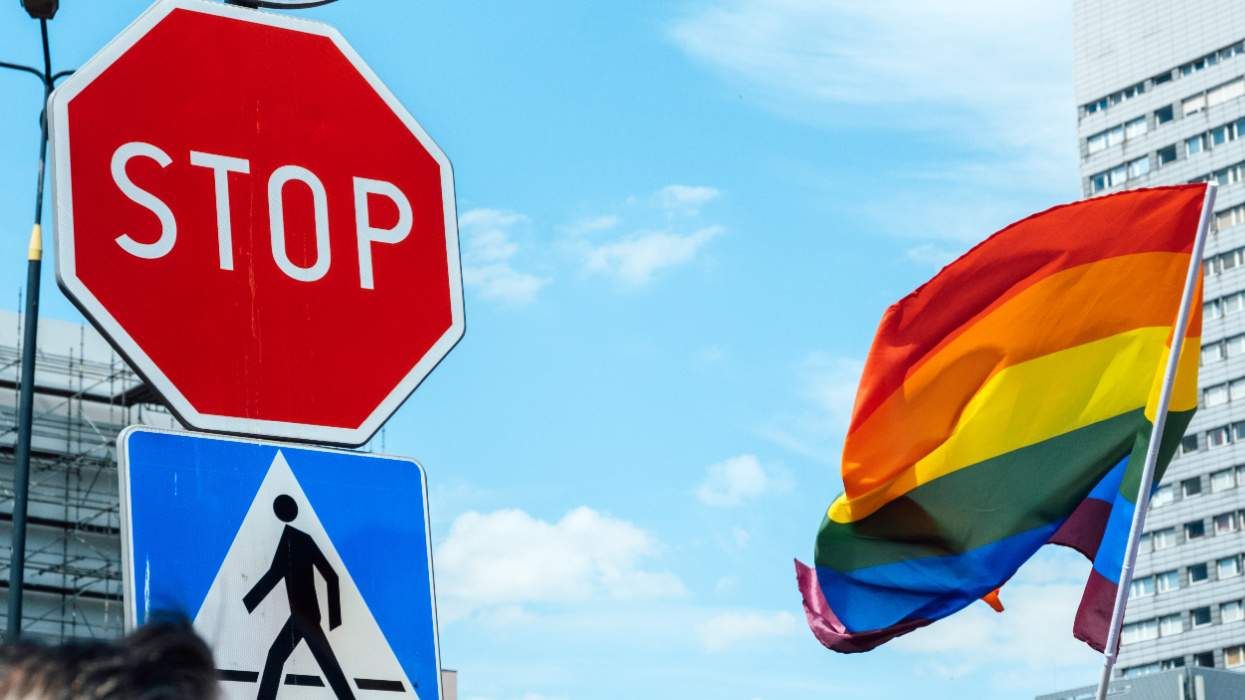
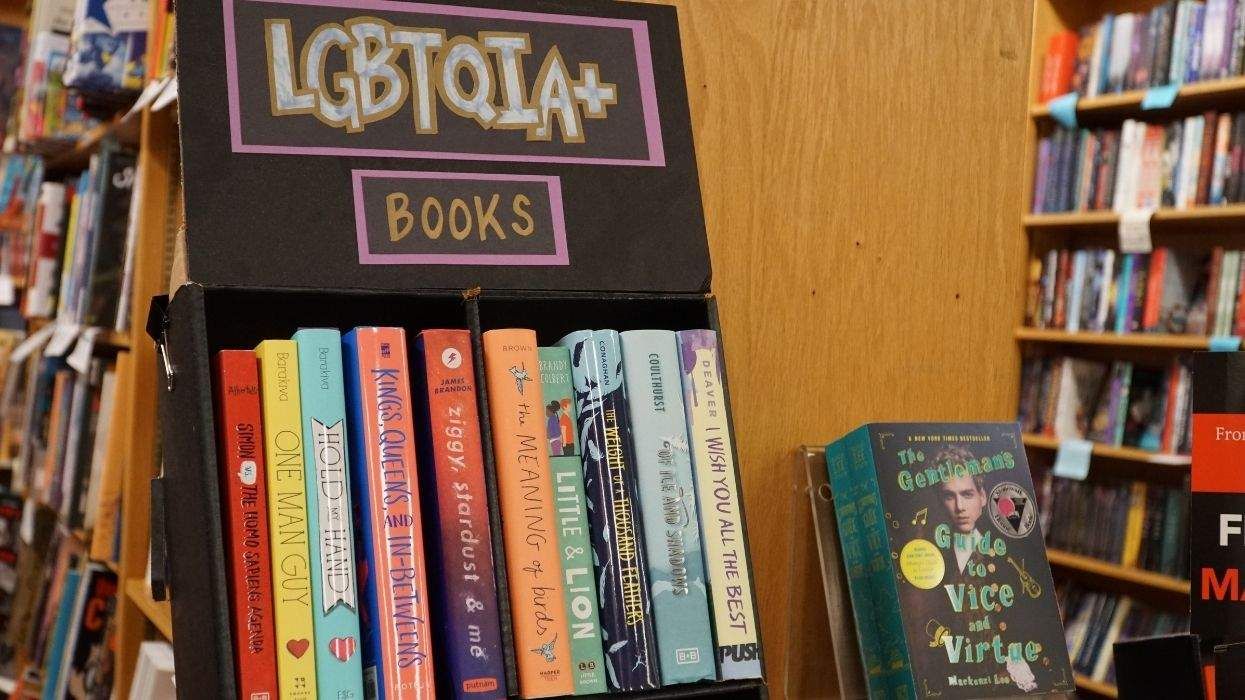
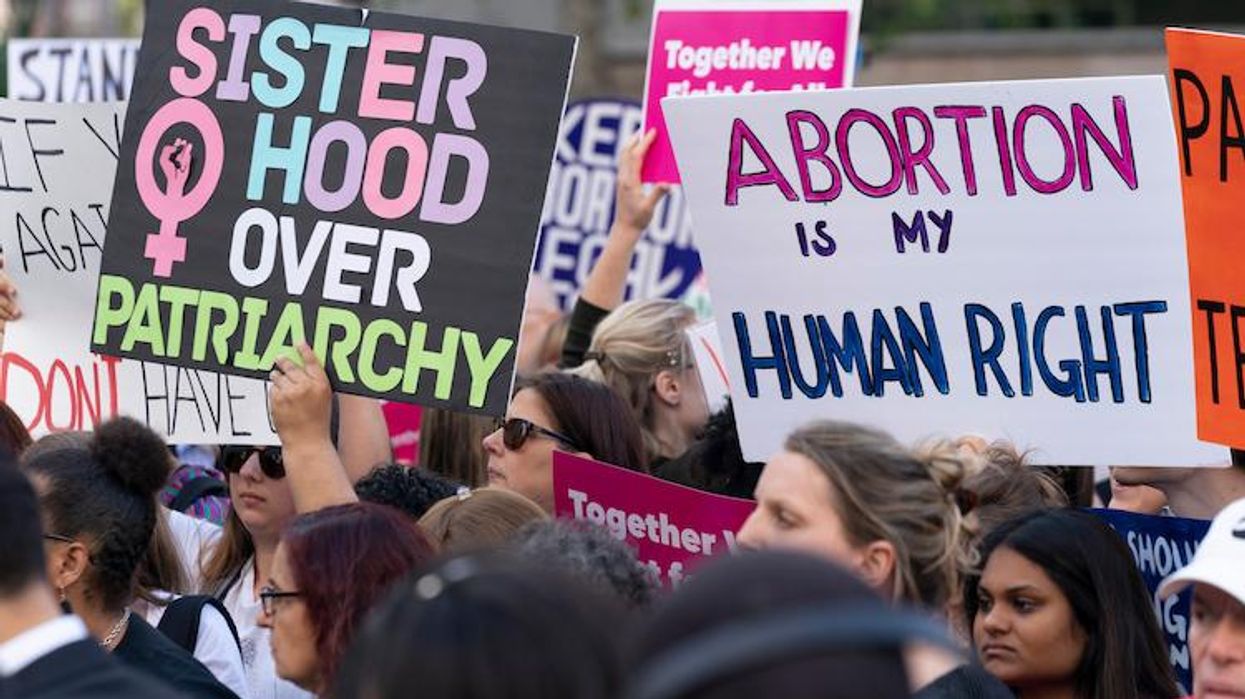
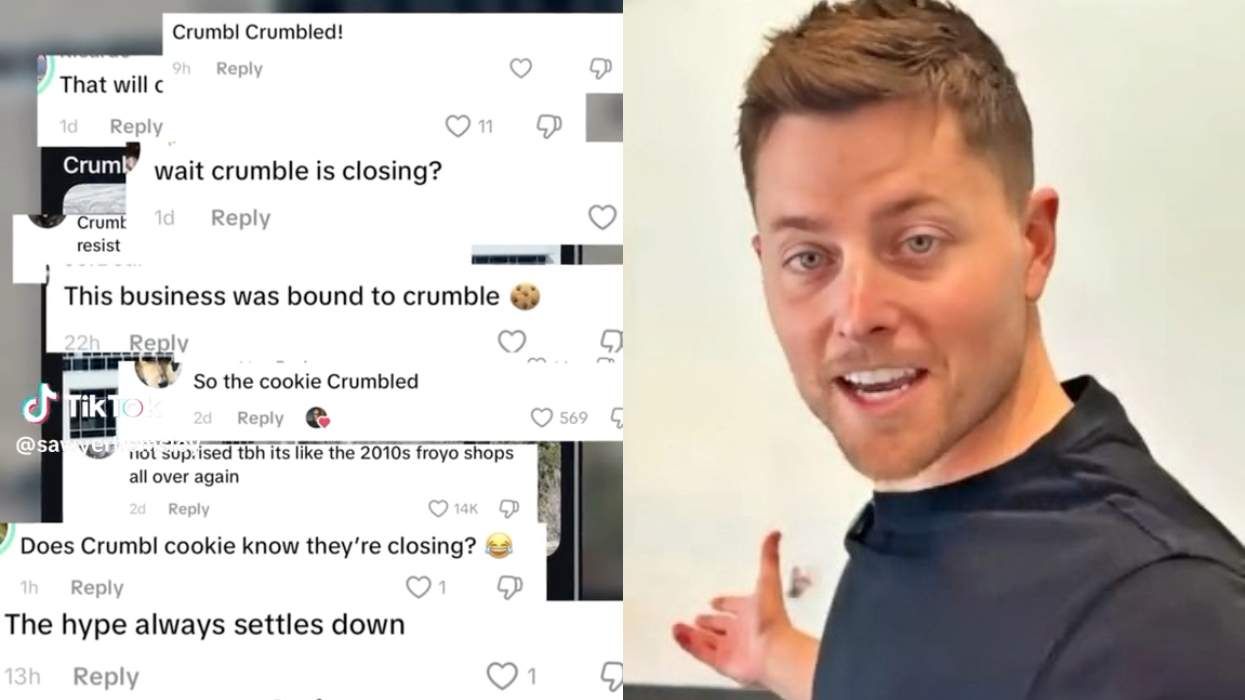

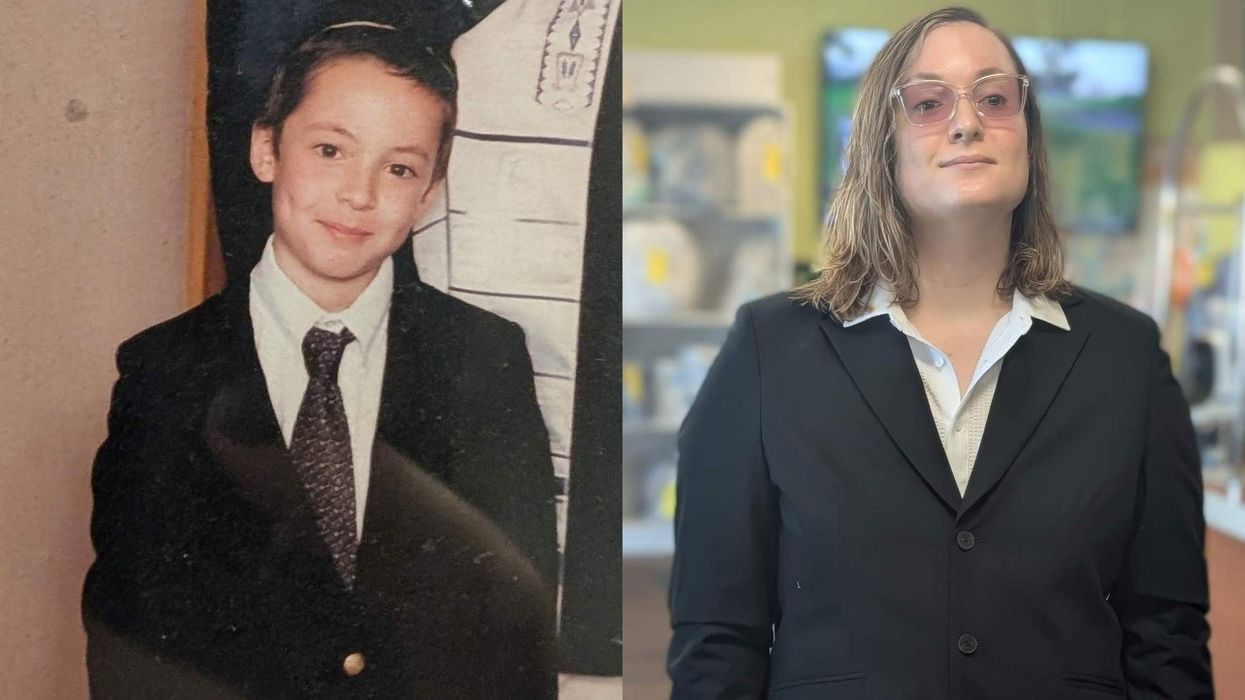






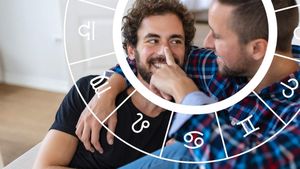
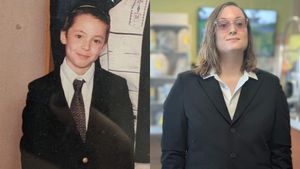


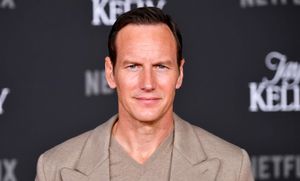





























Charlie Kirk DID say stoning gay people was the 'perfect law' — and these other heinous quotes